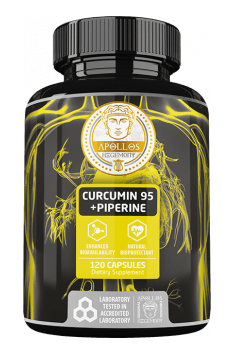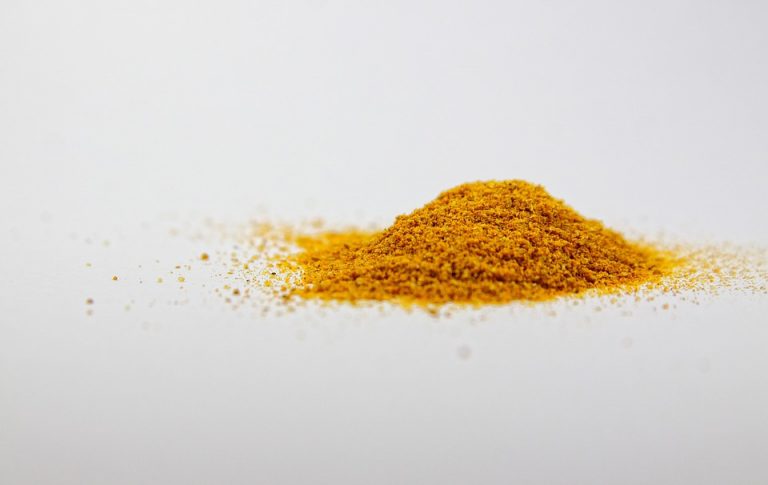Curcumin is a polyphenolic compound with a broad pro-health effect, naturally occurring in turmeric. It is mainly attributed to anti-inflammatory, antioxidant and cardioprotective properties.
As it turns out, turmeric is also indicated as an alternative to painkillers. And this aspect of the effectiveness of curcumin was examined by researchers from the Medical University of New Delhi. One of the most painful types of pain, postoperative, was put in the spotlight.
The study was constructed in such a way as to ensure its maximum objectivity. The occurrence of post-operative pain is indisputable, and therefore there was no question of an imaginary sense of its presence. Significant restrictions were also extended to the persons examined in this project. Each of them involved in the study was from the first day after the cholecystectomy (removal of the gallbladder) performed laparoscopically. Participants of the study had to be of legal age, fully functional mentally and deprived of any anomalies that could disturb the perception of pain (including addiction to psychoactive drugs and abuse of painkillers).
To assess pain intensity, a 100-point VAS scale was used, which is the most commonly used scale for assessing pain, which allows the transfer of feelings to a graphical representation (1 point - minimum pain, 100 - maximum). In addition, the feeling of fatigue in the 10-degree IRS was also studied.
Both the experimental and control groups consisted of 25 people. The first of them took a tablet containing 500 mg curcumin every 6 hours, the second one with the same frequency, took a placebo containing 350 mg dextrose. In addition, both groups were equipped with "emergency" tablets (650mg of paracetamol), in case the basic pain therapy regimen turned out to be ineffective (it was also another criterion for curcumin effectiveness assessment - the more frequent the supplement tablet, the lower the effectiveness of the treatment).
The subjects were asked to assess pain according to the VAS scale and fatigue according to the IRS scale three days after surgery, one week after surgery, two weeks after surgery and three weeks after surgery. The number of tablets with acetaminophen taken throughout the study was also noted. After three days, similar results were observed in both groups. A clear change was noted after one week of surgery. When the placebo group evaluated the intensity of pain at 30 points, the experimental group indicated only a 15-point intensity of pain. Very similar results were noted a week later. After 21 days, both groups no longer felt any pain. The feeling of tiredness in both groups was also noticeably lower. People taking curcumin after one week or two after surgery indicated less discomfort by about 3 points.
In conclusion, the results of the study indicate that curcumin can be an effective tool in the fight against pain. This is best illustrated by the last of the parameters assessed, i.e. the number of "emergency" tablets taken by both groups in the case of insufficient pain reduction as a result of the therapy. When the members of the control group used up to 39 tablets on average for 3 weeks, the curcumin group only took them on average 7 times. Taking into account the high effectiveness of curcumin for postoperative pain, which is a relatively painful type of pain, it’s worth considering introducing it as a natural substitute for pharmacological agents analgesics in everyday life.






